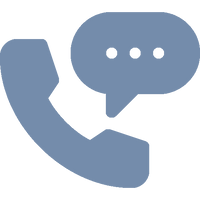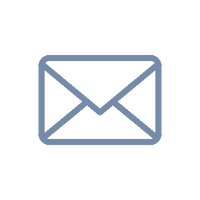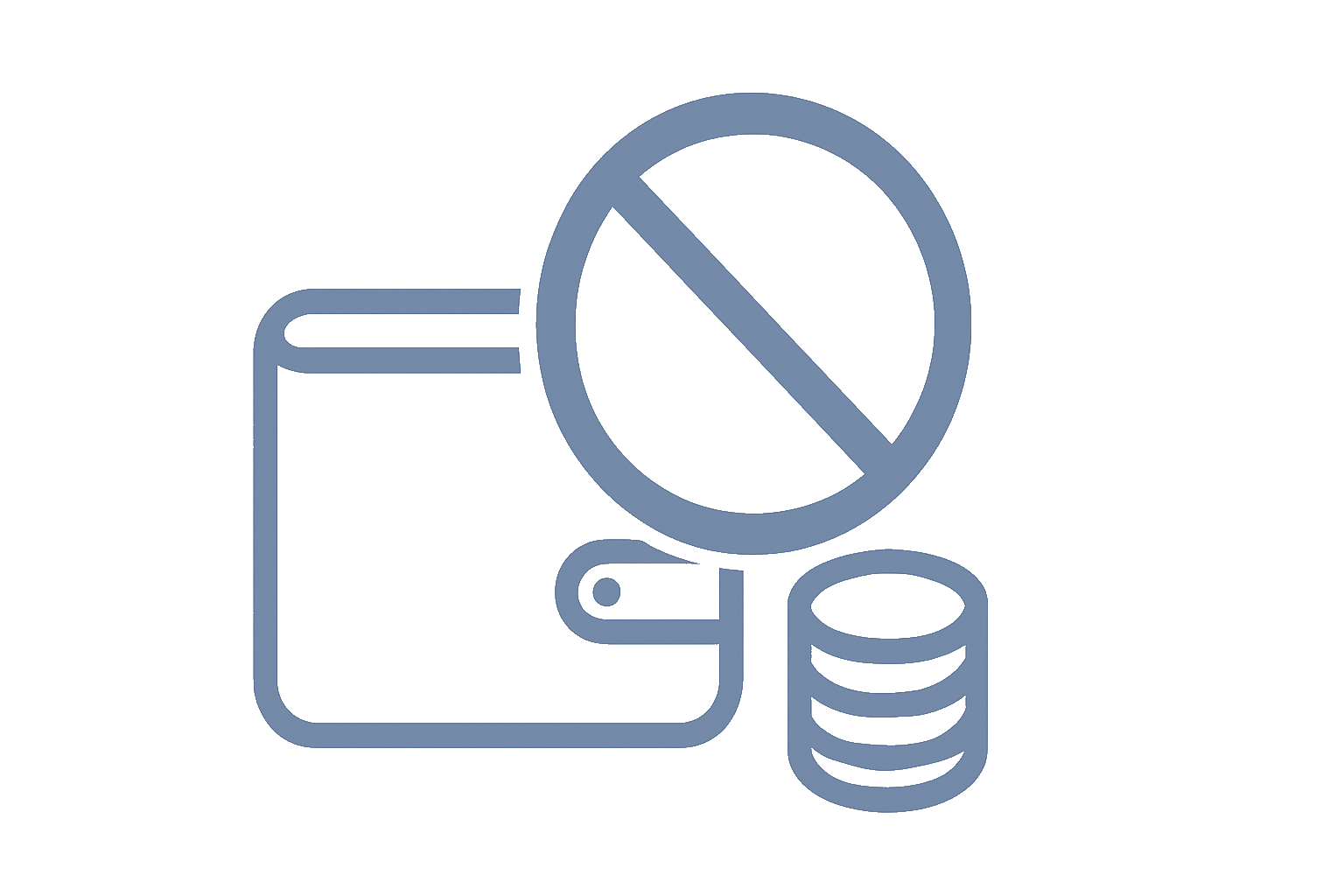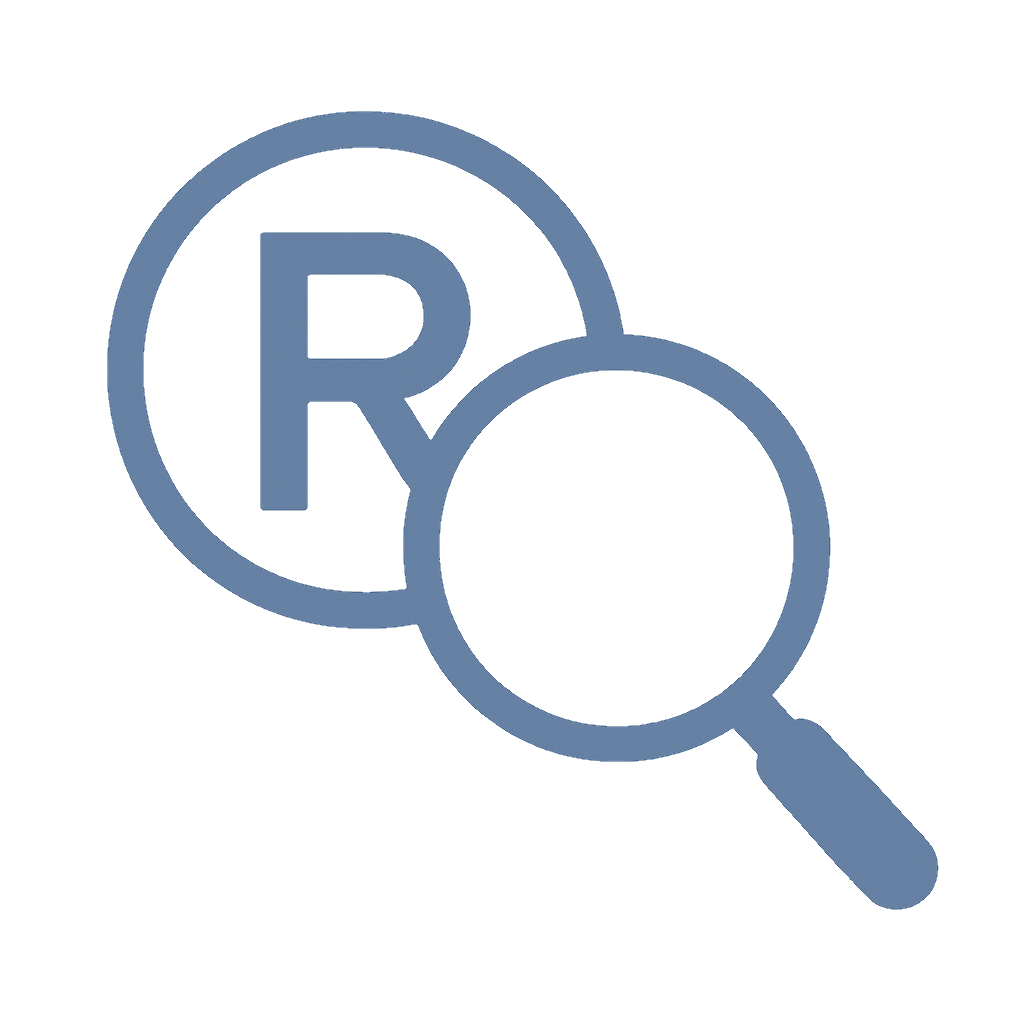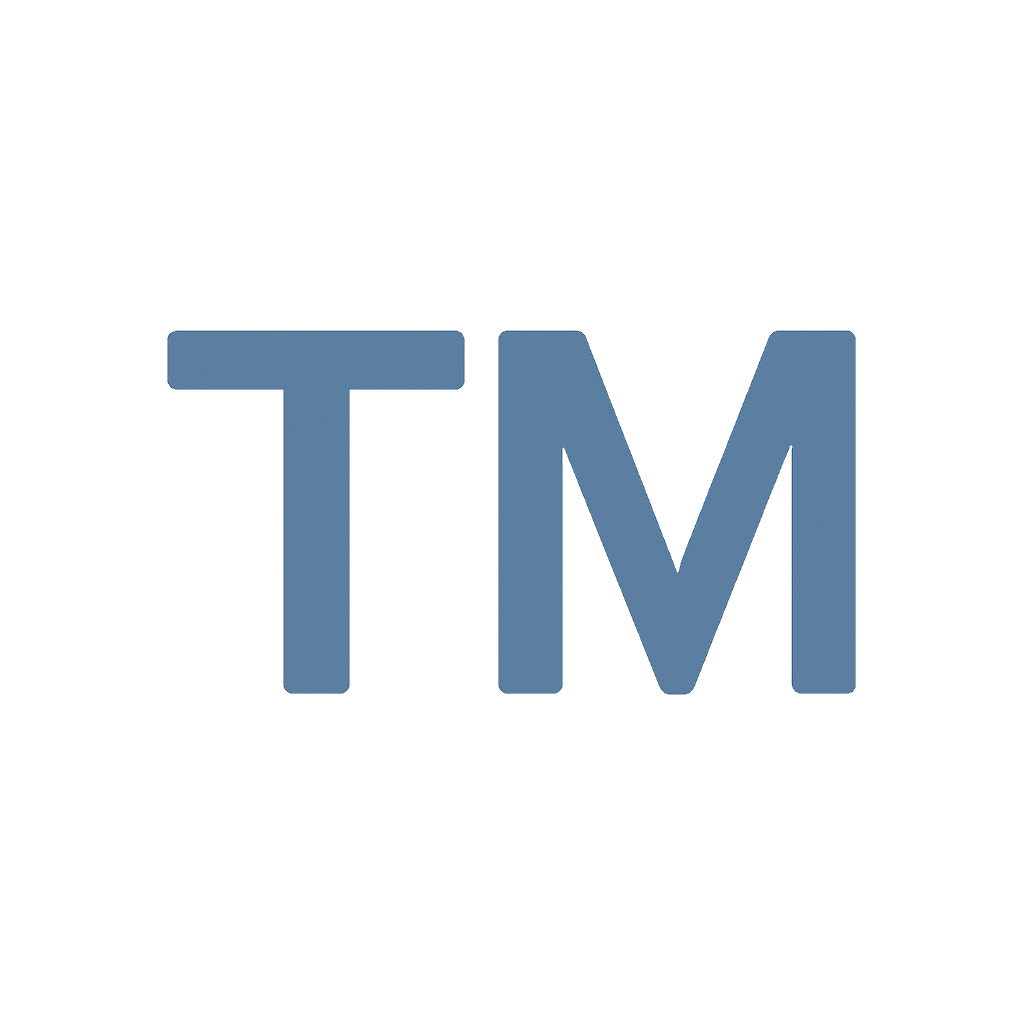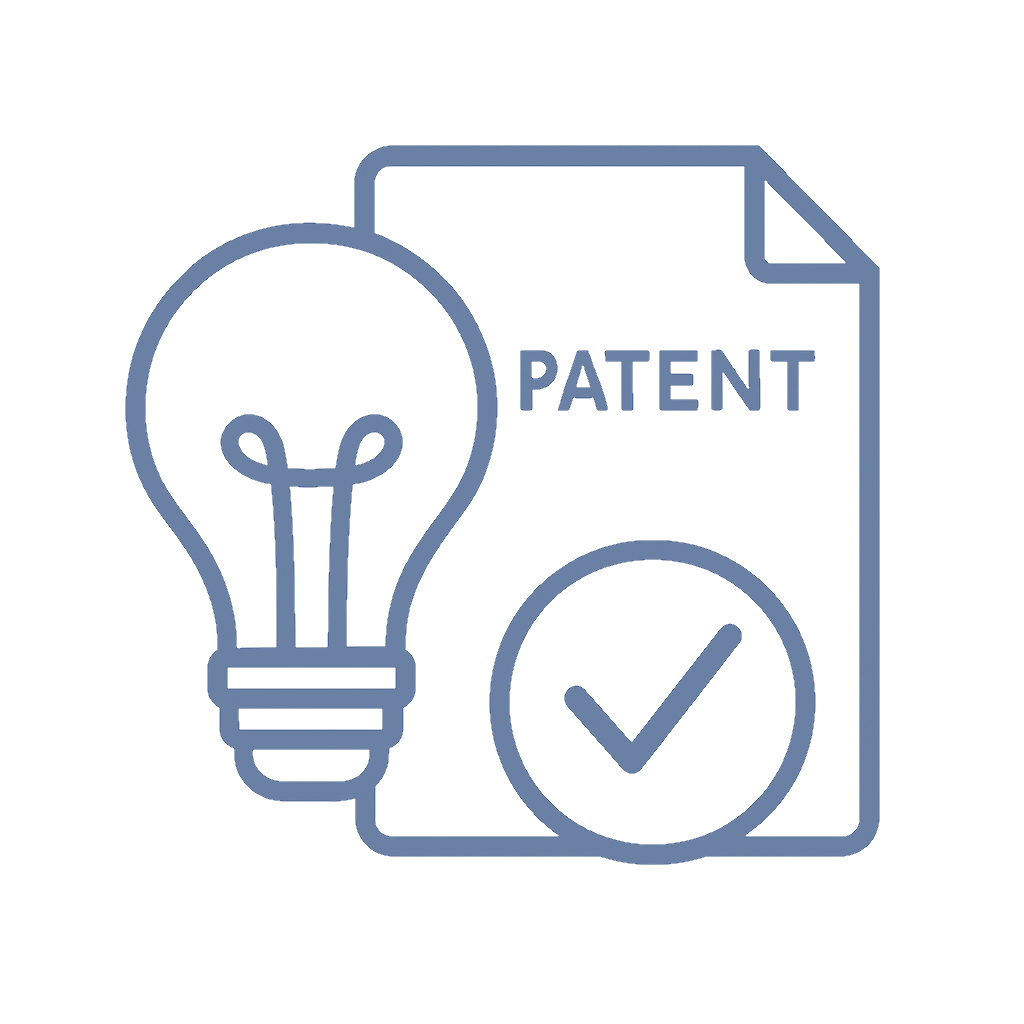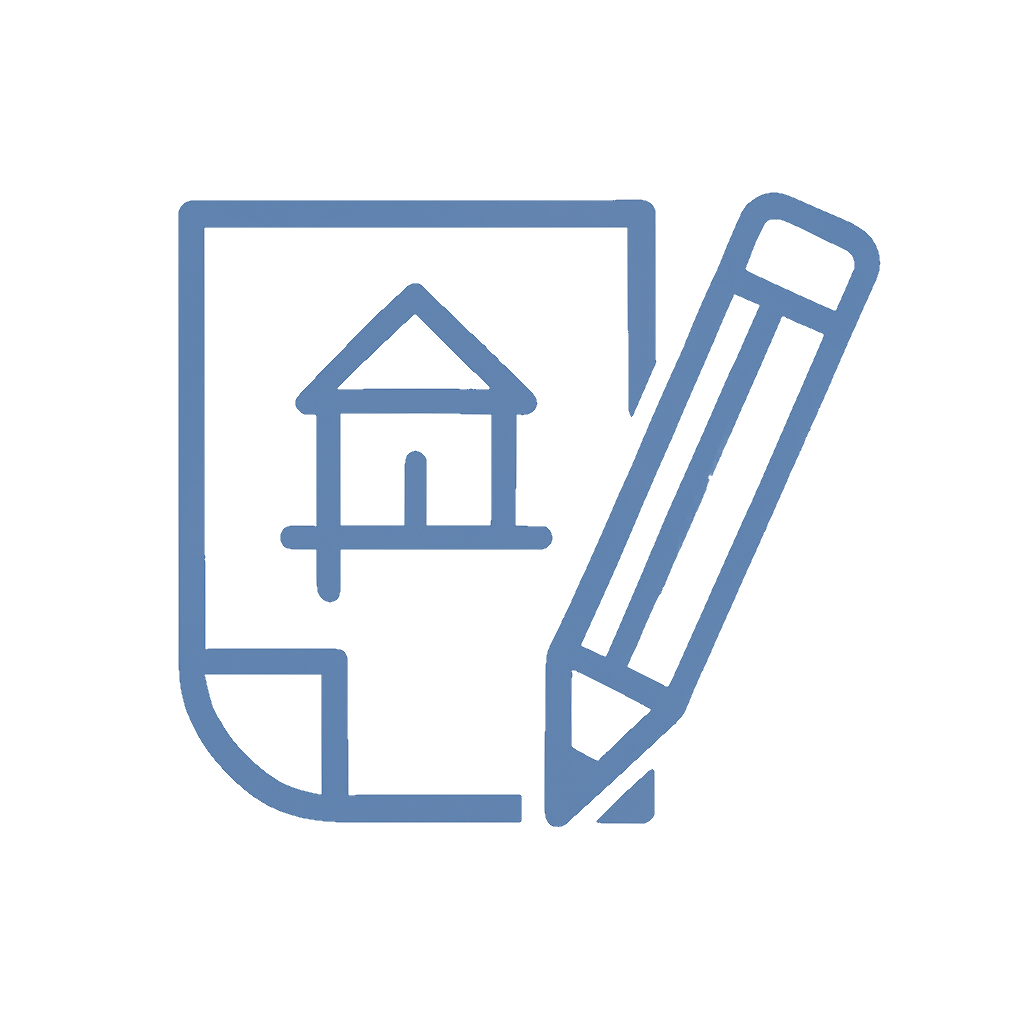📌 Quick Summary
1-Sentence Answer:
Nope—there’s no refund when your patent gets rejected. Both the USPTO and your patent attorney keep their fees because the work (and bureaucracy) has already been done.
The Article Overview:
This article unpacks why patent refunds are a no-go, what happens to your money after rejection, how to boost your odds next time, and what smart inventors can do to protect their wallets before filing. Expect practical advice, legal context, and a few “don’t do this” laughs along the way.
❓ Common Questions & Answers
Q1: Can I get a refund from my patent attorney if my patent is rejected?
A: Nope! Attorneys can’t legally guarantee outcomes, so they can’t refund based on results. You’re paying for expertise and time, not for success.
Q2: Does the USPTO refund government filing fees?
A: Also no. Once the USPTO processes your application, those fees are non-refundable—rejection or not.
Q3: What if I withdraw my application halfway?
A: Even then, most fees are non-refundable because examination and administrative costs have already started rolling.
Q4: Can I improve my odds next time?
A: Absolutely. Start with a prior art search, refine your claims, and work with an experienced attorney who knows how to handle USPTO rejections.
Q5: Is there any situation where I can get money back?
A: Very rarely. Only if your attorney specifically overcharges or fails to perform agreed work—but that’s handled as a billing dispute, not a refund.

📜 Step-by-Step Guide
-
Understand What You’re Paying For: Patent attorneys bill for time, drafting, and filing—not for results.
-
Budget for USPTO Fees: These are non-refundable government costs tied to filing, examination, and publication.
-
Do a Prior Art Search First: This inexpensive step can save thousands by identifying existing inventions before you file.
-
File a Provisional Patent (Optional): Test your idea’s potential with lower risk and cost.
-
Work Closely With Your Attorney: Respond promptly to Office Actions and feedback. Teamwork increases your odds.
-
Plan for Rejection: Statistically, most patents get at least one rejection before allowance. Persistence is key.
📖 Historical Context
Patents have been around since the Venetian Patent Statute of 1474, the world’s first codified system for granting inventors exclusive rights. Back then, the concept of “refunds” didn’t exist because the goal was to protect innovation, not guarantee outcomes.
In the U.S., the Patent Act of 1790 established the USPTO’s predecessor and gave inventors a formal process to secure rights. But even in early America, if your invention didn’t make the cut, your filing fees were gone forever—spent on clerks, paper, and good ol’ bureaucracy.
By the 20th century, as patent filings skyrocketed during the industrial boom, refund requests became a common (and consistently rejected) inquiry. The law evolved to emphasize that patents are evaluative, not transactional—meaning you pay for consideration, not results.
🏢 Business Competition Examples
-
Dyson Ltd: James Dyson famously filed multiple rejected patents before his bagless vacuum succeeded. No refunds—but massive payoff later.
-
BlackBerry (Research In Motion): Early patents were denied for “obviousness,” costing millions in fees, yet persistence secured later wins that shaped mobile tech.
-
Segway Inc.: Despite solid filings, key claims were rejected for prior art. They couldn’t recover costs but learned valuable IP strategy lessons.
-
Apple vs. Samsung: Both companies spent millions in non-refundable fees defending patents worldwide. The lesson? IP wars aren’t cheap, but they’re strategic.

💬 Discussion Section
Every inventor dreams of that golden “Notice of Allowance” letter. Yet the road there is full of potholes called rejections. When the USPTO says “no,” it’s not just your hopes that take a hit—it’s your wallet.
The patent process is a legal marathon, not a sprint. Every step—drafting claims, submitting applications, responding to rejections—represents hours of skilled labor. Attorneys and agents charge for these services because they deliver specialized expertise, even if the result doesn’t end in victory.
The USPTO operates on a different plane. Once a filing enters their system, administrative costs (examiners, databases, etc.) make refunds unfeasible. In fact, the entire system’s integrity relies on non-refundable fees to sustain examination resources.
Still, rejections aren’t wasted money. They’re feedback. A denial tells you where your idea overlaps with existing technology, what to refine, and how to pivot strategically. Some of the world’s best inventions were born after a “no.”
The most effective way to protect your money? Due diligence. Conduct a prior art search, use provisional applications for early testing, and engage IP counsel who communicates clearly about costs and odds. Think of it like investing in education: the knowledge you gain has lifelong value, even if the first exam (or patent) doesn’t go your way.
⚖️ The Debate
Side 1 – Refunds Should Exist:
Inventors argue that non-refundable fees are unfair, especially when rejection occurs early in the process. They believe a partial refund system would encourage innovation and ease entry barriers for startups.
Side 2 – Refunds Undermine the System:
Legal professionals counter that patent examination is labor-intensive, and refunds would burden an already stretched USPTO. Plus, guaranteeing outcomes would compromise legal ethics and turn patent work into a “pay-for-results” game, which the law forbids.
✅ Key Takeaways
-
No refunds for rejected patents—period.
-
USPTO and attorney fees are for work done, not outcomes.
-
Prior art searches dramatically reduce rejection risk.
-
Rejections can guide better filings next time.
-
Treat each denial as data, not defeat.
⚠️ Potential Business Hazards
-
Wasting money on unpatentable ideas without research.
-
Hiring attorneys who promise results (a major red flag).
-
Ignoring prior art or competitor patents.
-
Letting rejection discourage innovation momentum.

❌ Myths & Misconceptions
-
Myth 1: “If the USPTO rejects my patent, I get my money back.”
-
Myth 2: “My attorney guarantees a patent if I pay enough.”
-
Myth 3: “Rejections mean my idea is worthless.”
-
Myth 4: “Refunds exist for honest mistakes.” (They don’t.)
📚 Book & Podcast Recommendations
-
Book: Patent It Yourself by David Pressman – https://www.nolo.com/products/patent-it-yourself-pat.html
-
Book: Patent Pending in 24 Hours by David Pressman & Richard Stim – https://store.nolo.com/products/patent-pending-in-24-hours-pat24.html
-
Podcast: IP Fridays – https://www.ipfridays.com
-
Podcast: The Invisible Economy by WIPO – https://www.wipo.int/podcast/en/
⚖️ Legal Cases
-
Ex parte Quayle (1935) – https://casetext.com/case/ex-parte-quayle
Established that once a patent is in condition for allowance except for minor issues, no refund applies. -
In re Bogese (Fed. Cir. 2002) – https://law.justia.com/cases/federal/appellate-courts/F3/303/1362/531337/
Clarified that applicant delays don’t justify refund or reconsideration. -
Tessera, Inc. v. ITC (2010) – https://casetext.com/case/tessera-inc-v-itc
Highlighted cost risks in patent litigation and prosecution—no recoverable refunds even in complex disputes.
📣 Expert Invitation
Got questions about your own patent rejection or want to improve your next filing? Connect with Miller IP Law — where practical advice meets creative protection.

🔚 Wrap-Up Conclusion
When the USPTO says “no,” it’s not the end—it’s feedback. While no refunds exist for failed patents, smart inventors use the experience to refine strategy, sharpen claims, and innovate better. You’re not paying for a guarantee; you’re paying to learn the language of innovation. And that’s an investment that always pays off—eventually.
